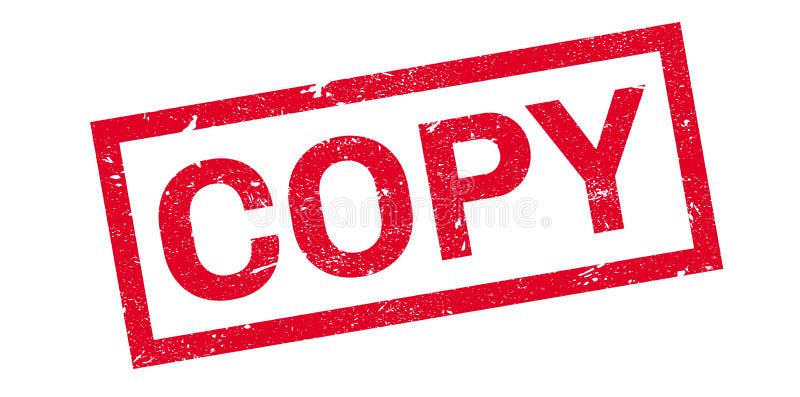
This sense difference puts the pair into the class of contranyms, albeit it a little-used example of that class. Most senses of the terms master copy and mastercopy have the semantic notion of "the copy that is the master version", but the fine arts sense of the terms instead has the semantic notion of "a copy of the master version". ( fine arts ) A copy from a master (a copy of a masterpiece), done for reasons including training, enjoyment, homage, pastiche, or otherwise.( business ) An original instance- copy of a document, copy of a digital file (or, metonymically, the disk that contains it), stencil, or otherwise-that serves as a controlling version from which duplicates are made (such as photocopies, printouts, mimeographs, transcluded instances, static content forks, stenciling impression instances, or otherwise). zzz Please share with your friends \()/ Next page.( publishing, printing ) The copy that serves as the controlling (master) version among a set of copies (as, for example, the master proof to which edits from the authors' proofs are transferred, or an analogous master manuscript with transferred edits).
#Master copyclip plus#
This will need to consider the institution’s ability to preserve digital records in the long term, plus the legal position regarding the use of electronic information as evidence. Your satisfaction is always our priority.

For example, a record requiring long term preservation may need to be migrated to a more stable open format. It may be that the master copy of a record has additional unique properties which give it added value and significance over any other copies which may exist, for example if it contains an official signature.Īlternatively, it may be that different management requirements exist for the master copy than for associated copies. It is necessary to strike a balance between the need to extend appropriate management controls to all information held by the institution and the separate need to identify and manage the master copy of a record as a prime concern.

For example, all members of a committee each receiving their own copies of the minutes and associated papers. Thanks to the ease with which new records can be created, copied and circulated, it is inevitable that multiple copies of records will still exist – even if the creation and version control advice featured in previous sections is followed.


 0 kommentar(er)
0 kommentar(er)
